A conversation that matters (pt 1)
“Be brave enough to start a conversation that matters.”
― Margaret Wheatley
The Bhagavad Gita, like most traditional yoga texts, is a conversation. It’s an exchange. Why? Because this is similar to traditional student-teacher relationships which prioritized connection, exchange of information, and questions.
My teacher Claudia often says, “this a chest-to-chest tradition”. You’re intended to be digging through it together. Because exploring yoga, especially applying the teachings to your personal life and experience, can feel like fumbling around in the dark. Yes, sometimes, there are flashes of light and revelation. But most days, it’s more like a dark forest, climbing a mountain, or navigating a raging river. It’s not impossible to do it alone, but it’s definitely harder, lonelier, and often longer.
When Arjuna collapses on the chariot floor. Krisna helps him pull it together. But it’s not a quick and easy thing. Just like me and you, Arjuna gets confused, he has questions, lots of questions. He feels like there are contradictions. He wants to know which is path is better, which one is faster, what is safer… and is this right for him? Right now? Is Krisna sure?
Krisna coaches and coaxes. Sometimes patiently, sometimes with a little teasing, sometimes with intensity. But always nudging Arjuna to understanding.
Now, imagine if Krisna gave a monologue. Do you think Arjuna would get it? What if there was no participation or interaction? Do you think Arjuna would feel clear and connected? Probably not.
For example, how do you feel after a long lecture on a difficult-to-understand topic? Especially when you’re in crisis. Like panic attack crisis? Versus a compassionate discussion where you get to ask all your questions and feel really clear on how these principles apply to you and your situation.
Reeeaaaallllly different. The yoga tradition is based on this type of student-teacher interaction. I would say it depends on it. Because the tradition is vast, the topic is unwieldy, and ultimately we’re discussing adrista, that which is unseen, unknowable, ultimately unexplainable. So it takes coaching, coaxing, questions and answers.
Let’s bring back the conversation and connection. The Dharma and Aligned Motive Webinar will include prompts for journaling, self-reflection, and time for questions. If you’re eager for a deeper student-teacher relationship, including mentoring, feedback, Q+A, 1:1 time, this is the heart of the Inner Sanctuary program.
May your practice be a conversation that creates connection.

